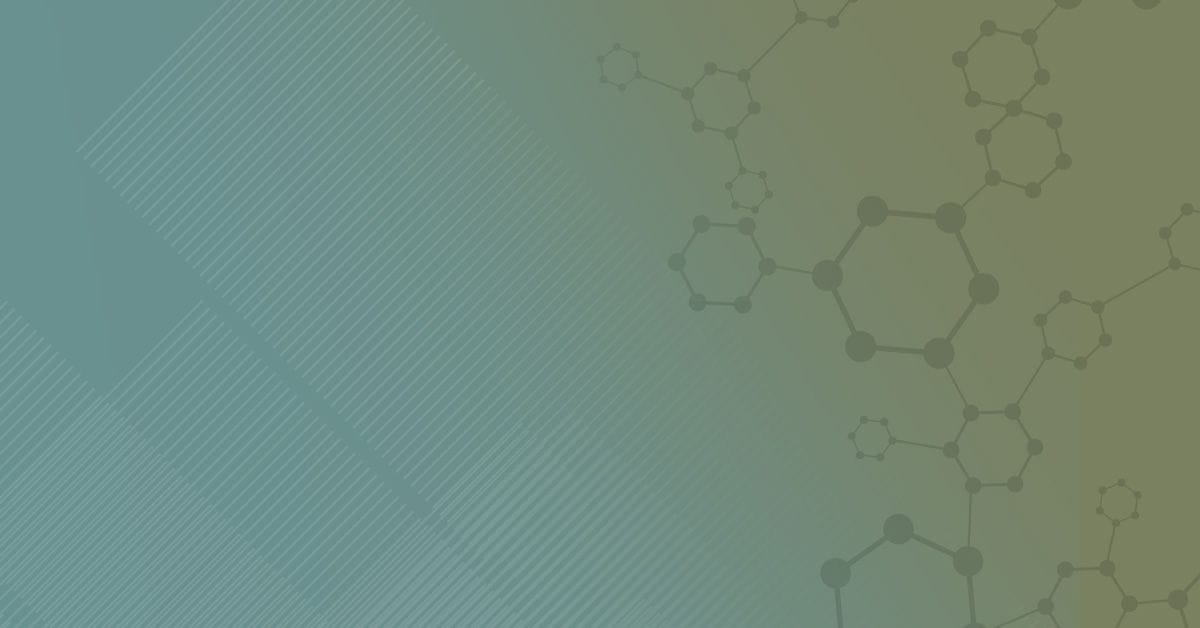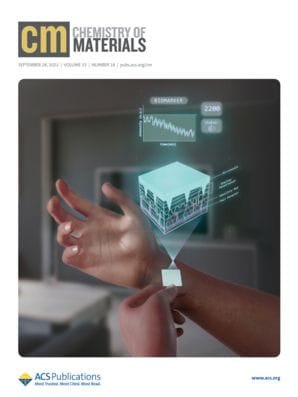This annual award honors the authors of a research article that has made notable impact within materials chemistry and also recognizes the team nature of the winning research.

Chemistry of Materials and the ACS Division of Inorganic Chemistry are excited to announce “Devil is in the Defects: Electronic Conductivity in Solid Electrolytes” for the 2023 Chemistry of Materials Lectureship and Best Paper Award, which honors the authors of an article published in 2021 or 2022 that has outstanding influence across materials chemistry and recognizing the team nature of research. This year's winning paper was authored by:
- Prashun Gorai, Colorado School of Mines, United States
- Theodosios Famprikis, Delft University of Technology, The Netherlands
- Baltej Singh, National University of Singapore, Singapore
- Vladan Stevanović, Colorado School of Mines, United States
- Pieremanuele Canepa, National University of Singapore, Singapore
Sara E. Skrabalak, Editor-in-Chief of Chemistry of Materials, noted that this research brought together researchers from three continents to challenge the status quo in the critically important area of all-solid-state batteries. This paper is notable for acknowledging the contributions of both ion and electron conductivity to the performance of solid electrolytes through experimental and computational research.

Devil is in the Defects: Electronic Conductivity in Solid Electrolytes
DOI: 10.1021/acs.chemmater.1c02345
Honorable Mentions
The Chemistry of Materials Lectureship and Best paper Award will be presented at an upcoming symposium during the ACS Spring National Meeting, where the following two papers and teams will also be recognized with honorable mentions:
Controlling Cation Distribution and Morphology in Colloidal Zinc Ferrite Nanocrystals
Karla R. Sanchez-Lievanos and Kathryn E. Knowles*
Chem. Mater. 2022, 34, 16, 7446–7459
A Machine Learning Approach for the Prediction of Formability and Thermodynamic Stability of Single and Double Perovskite Oxides
Anjana Talapatra*, Blas P. Uberuaga, Christopher R. Stanek, and Ghanshyam Pilania
Chem. Mater. 2021, 33, 3, 845–858
Read the Interview With This Year's Winners
Below, we interview corresponding authors Prashun Gorai, Vladan Stevanović, and Pieremanuele Canepa to learn more about about their winning research. You may also read more about them and those recognized with honorable mentions in an accompanying Chemistry of Materials Editorial.
How did this team come together to collaborate on this research?
The seed idea for this research originated from initialdiscussions between us co-authors, Prashun Gorai (PG), Vladan Stevanović (VS), and Pieremanuele Canepa (PC), at the European-MRS 2019 in Nice, France. With an eye toward experimental validation of our computational predictions, we invited Theodosios Famprikis (TF) – a Ph.D. student at the time and currently, a Marie-Curie Postdoctoral Fellow – to be part of the team. Our paper demonstrated the power of combining theory and experiments to address challenging scientific questions. We are very proud of our international team, with members from Asia, Europe, and North America. Our paper is a great example of cross-pollination of ideas between different scientific communities, in this case, between semiconductor physics experts (PG, VS) and battery materials scientists (PC, TF) with a common interest in functional materials. We transferred the know-how from the field of semiconductors (electron transport, defect thermodynamics, and electrochemistry) to understand the microscopic origin of electronic charge transport in battery materials.
What challenges did you overcome on the way to getting the results you reported in your paper?
From conceptualization to implementation to publication, this work spanned nearly two years, most of which was during the COVID pandemic. Firstly, there were challenges to keep ourselves mentally motivated with all that was happening in the world. Secondly, there was no program-level funding for this project. This collaboration kicked off organically and was driven and sustained by scientific curiosity.The most challenging was the strong pushback we faced from sections of the battery research community because our results challenged the status quo of the field. Of course, there were minor challenges in synchronizing our meetings across the three continents. We are certain many of the readers from academia and beyond will be able to relate to these challenges. While a published paper is the beautiful culmination of several years worth of work, it is only the shiny tip of the iceberg!
What new research are you doing to build on the findings you described in your paper?
The work in this paper seeded new ideas that we are pursuing. We, Pieremanuele and Prashun, collaborated on a follow up study published in Physical Review X Energy, where we extended the original idea of computationally estimating the bulk electronic conductivity in ion conductors to study the stability of solid-electrolytes interphases. In an ongoing study, we are computationally examining the undesired effect of aliovalent doping (often used to enhance ionic conductivity) in also increasing electronic conductivity.
What advice would you give to research teams who aspire to be where you are now?
We learned a great lesson while working on this manuscript and therefore, would offer it as a piece of advice – do not be afraid to challenge the status quo! This is especially pertinent for those of us in the ivory tower. Take heart in knowing that the pushback from the community is a sign that your hypothesis is challenging long-established views. Of course, your hypothesis should be backed by scientifically sound reasoning and evidence. Next, keep an open mind and connect the dots between seemingly unrelated fields of study. Knowledge transfer enables us to develop unique perspectives and approaches to solve challenging scientific problems. Most importantly, make meaningful connections with others to spark collaborations, even if it means investing your time in absence of dedicated project funding. Once this connection is established, invest the time and effort to maintain and nurture it. Collaborations should not end after a manuscript is published or a funded project ends.
